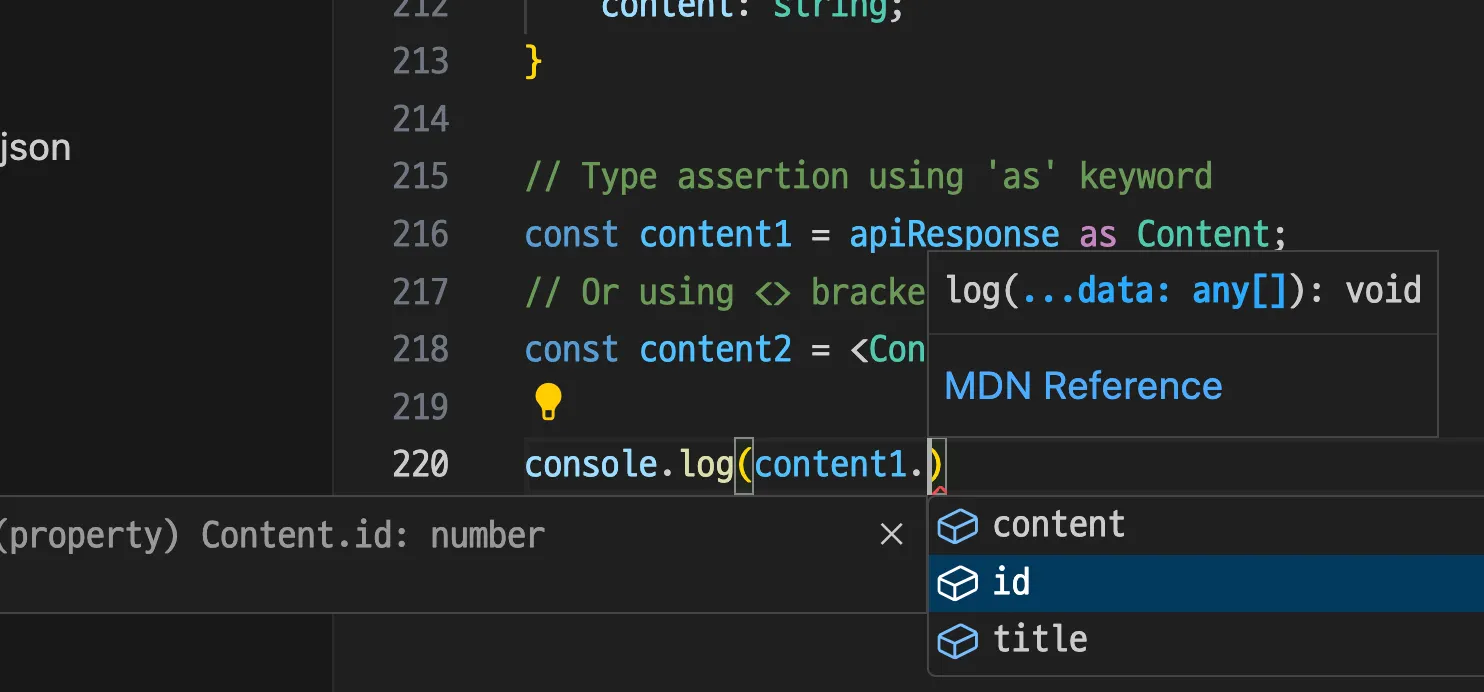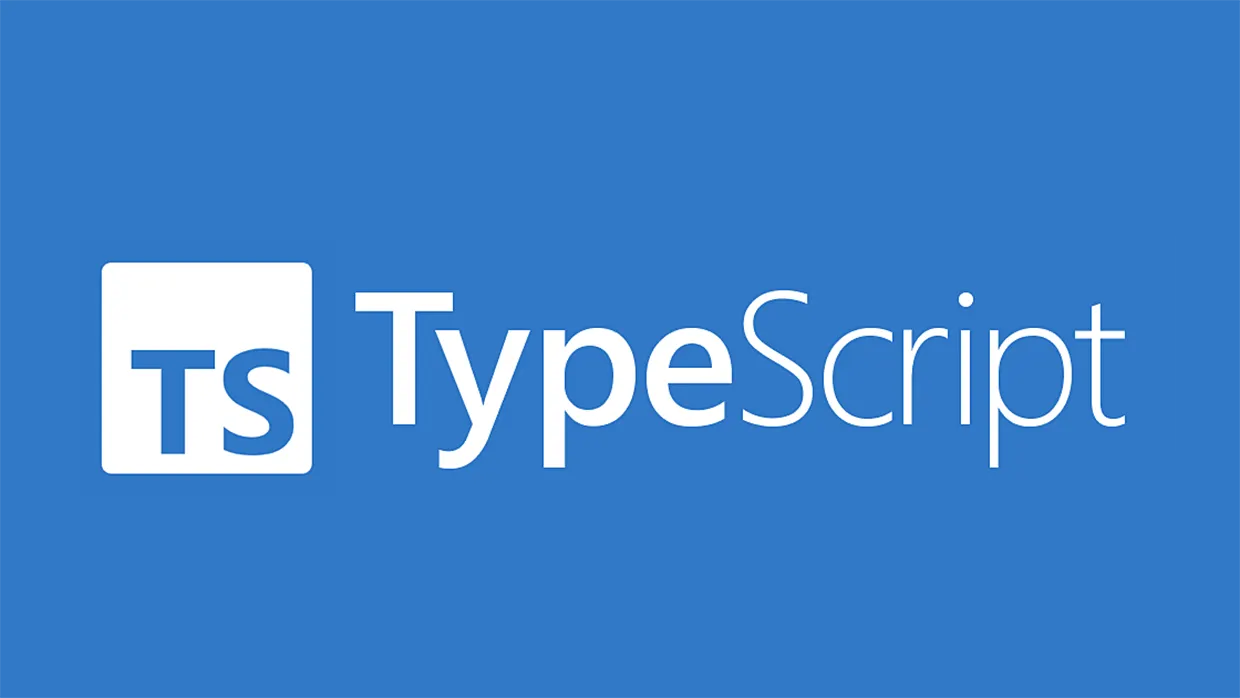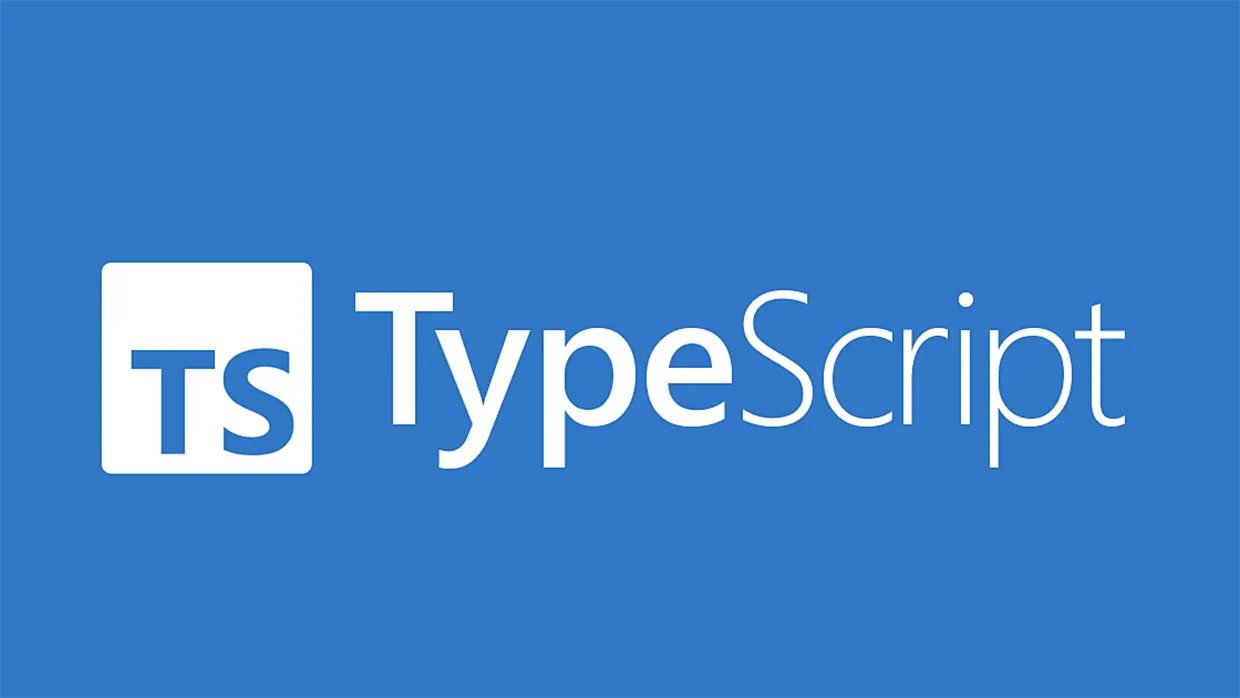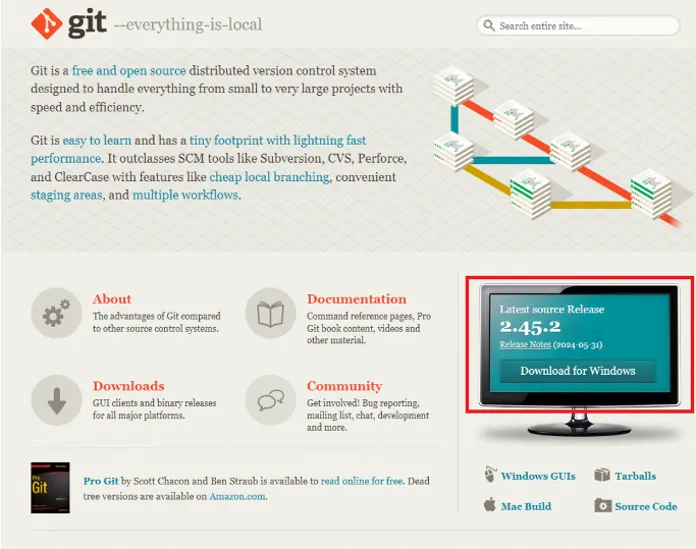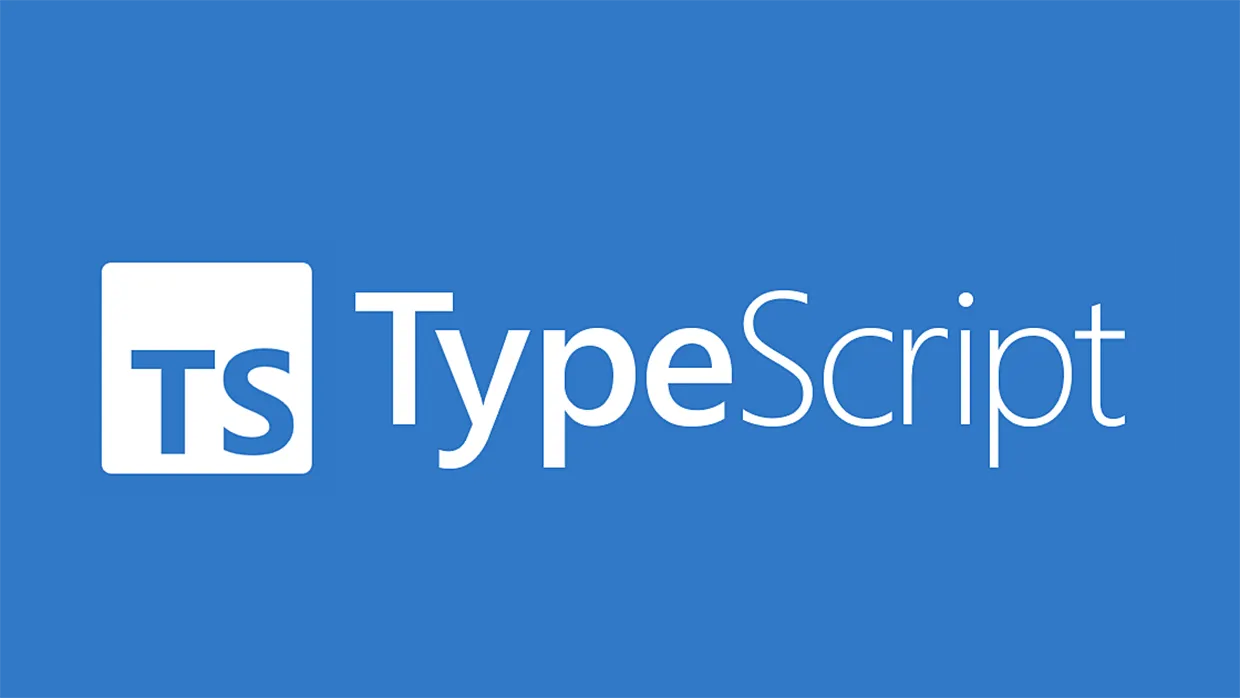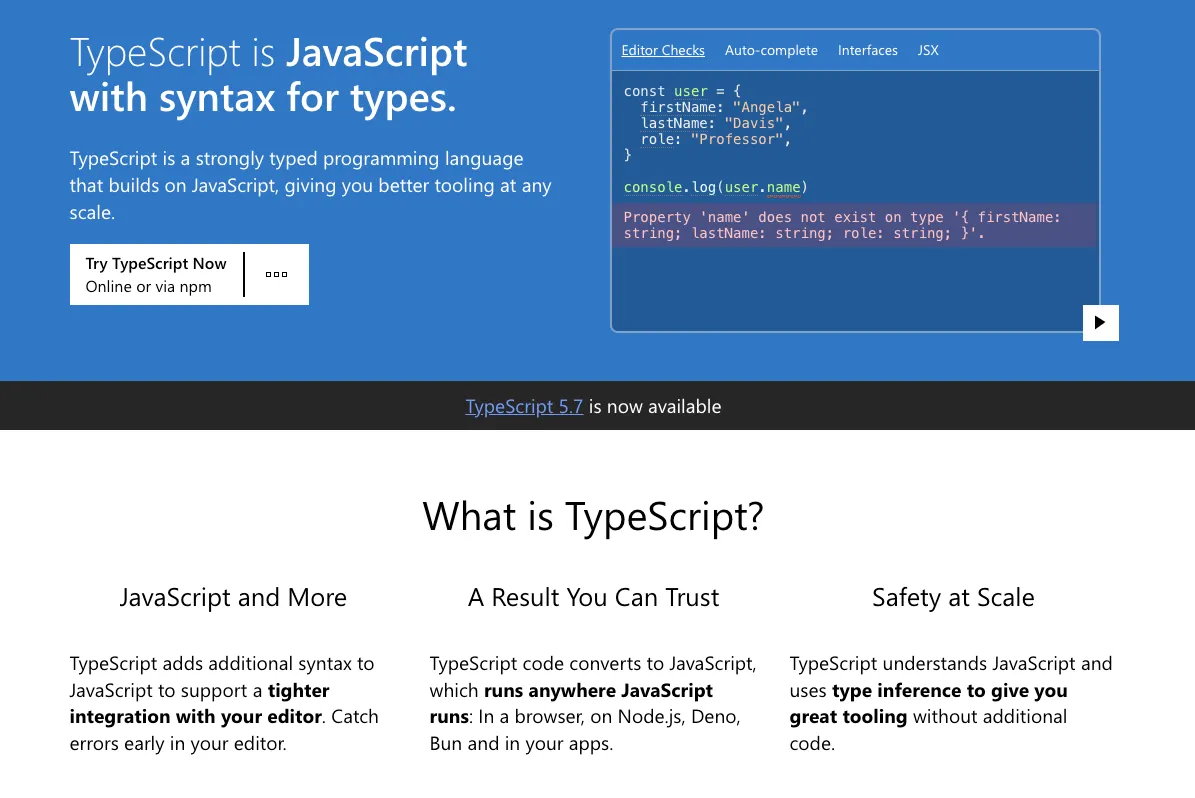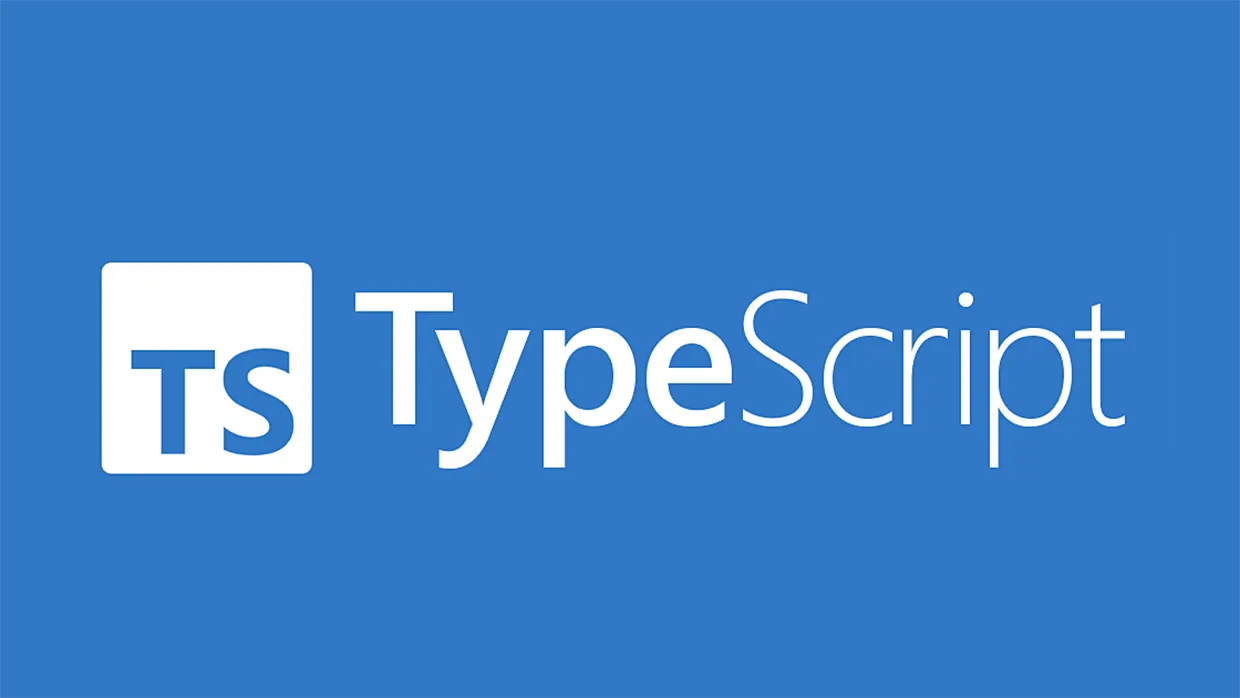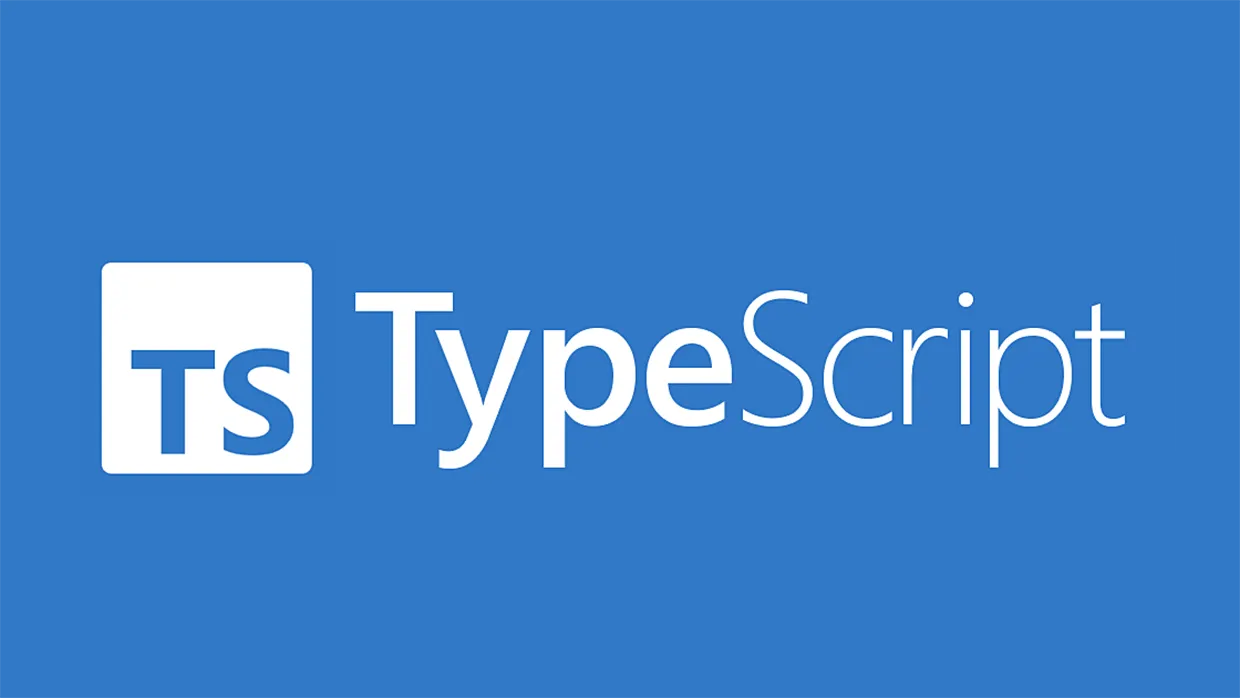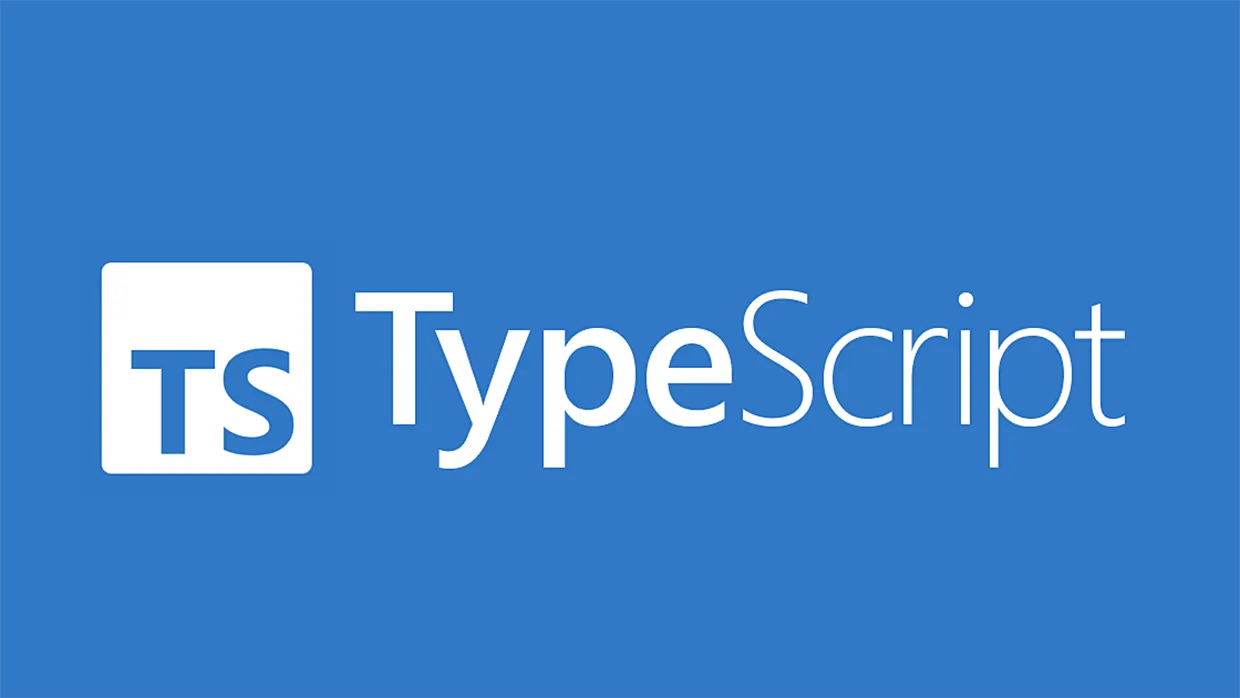TypeScript 기본기 다지기
Table of Content
1. Union
유니온 타입 (metaverse/greeter/src/types)
•
types.ts
// Union
function printId(id: number | string) {
console.log(id.toUpperCase());
// if (typeof id === "string") {
// // In this branch, id is of type 'string'
// console.log(id.toUpperCase());
// } else {
// // Here, id is of type 'number'
// console.log(id);
// }
}
TypeScript
복사
◦
id라는 변수는 number 또는(or ⇒ |) string 타입을 가질 수 있음을 명시
◦
해당 함수에 전달되는 파라미터 id는 숫자나 문자열 타입 일 수 있다는 의미
◦
→ 하지만 함수 실행부에서 각 타입일 때에 대한 후속 처리도 필요하다는 의미
▪
각 타입일 경우에 대해서 실행부를 좁히는 것을 Narrowing 이라 하며 주석 부분과 같이 상황별 대처를 조건문으로 처리해주는 등이 필요
•
하지만, 이런 기능이 있더라도 이런 코드가 좋은 코드인지 생각해볼 필요가 있음
◦
함수(메서드)는 역할에 맞는 한가지의 일만 하도록 구성해야 한다. by CleanCode
▪
모듈은 복잡도, 결합도를 낮춰야 하며, 응집도를 높여야 한다.
▪
→ 재사용성을 증가 시키며 이는 곧 유지보수성을 증가 시킨다.
◦
실행부에서 분기하는 것 보다, 거의 동일한 코드가 중복되더라도 정확한 메서드를 분리하는 것이 옳은 판단 일 수 있다.
▪
개발자는 이런 문제를 발견하고 이런 부분에서 판단을 늘려나가는 능력을 갖추어야 한다.
▪
GPT의 사용? → 관리, 감찰 할 수 있는 눈을 길러야 함
2. Type Alias & Interface
타입 별칭과 인터페이스
•
types.ts
// Type Alias & Interface
function printCoord(point: { x: number; y: number }) {
console.log("The coordinate's x value is " + point.x);
console.log("The coordinate's y value is " + point.y);
}
printCoord({ x: 100, y:100});
TypeScript
복사
•
위 예시 처럼 point라는 객체를 파라미터로 받는 함수 printCoord가 있다.
•
하지만 계속하여 개발되면서 유사한 객체들이 계속해서 생성된다면?
// Type Alias & Interface
function printCoord(point: { x: number, y: number }) {
console.log("The coordinate's x value is " + point.x);
console.log("The coordinate's y value is " + point.y);
}
printCoord({ x: 100, y:100});
//------
function calculateDistance(point1: { x: number, y: number }, point2: { x: number, y: number }): number {
const locationX = point2.x - point1.x;
const locationY = point2.y - point1.y;
return Math.sqrt(locationX ** 2 + locationY ** 2);
}
TypeScript
복사
•
point, point1, point2, … , 극단적으로 point235 까지 추가된다면, 계속해서 파라미터에 객체를 정의하는 부분이 중복되게 된다.
◦
특히 이렇게 x, y처럼 객체의 속성까지 통일 된 경우에 객체 정의의 중복을 막기 위하여 타입 별칭과 인터페이스를 사용할 수 있다.
//...추가
type Point = {
x: number,
y: number
}
TypeScript
복사
◦
Point라는 타입 자체를 만들어보자.
▪
이것으로 각 파라미터들의 속성인 x, y 타입을 정의한 부분을 Point라는 사용자 정의 타입을 대체 할 수 있다.
// Type Alias & Interface
function printCoord(point: Point) {
console.log("The coordinate's x value is " + point.x);
console.log("The coordinate's y value is " + point.y);
}
printCoord({ x: 100, y:100});
//------
function calculateDistance(point1: Point, point2: Point): number {
const locationX = point2.x - point1.x;
const locationY = point2.y - point1.y;
return Math.sqrt(locationX ** 2 + locationY ** 2);
}
type Point = {
x: number,
y: number
}
TypeScript
복사
▪
이정도 만으로도 코드가 이전보다 깔끔해진 것을 볼 수 있다.
•
이 타입 별칭은 객체 뿐만 아니라 위 Union에서도 분기되었던 타입에 대한 것도 정의 할 수 있음
type ID = number | string;
//...
// Union
function printId(id: ID) {
// console.log(id.toUpperCase());
if (typeof id === "string") {
// In this branch, id is of type 'string'
console.log(id.toUpperCase());
} else {
// Here, id is of type 'number'
console.log(id);
}
}
TypeScript
복사
◦
이처럼 타입의 별칭을 주는 기능은 있지만 애초에 Union 타입의 사용에 대해서 고려할 점이 있으므로 위 객체 수준의 중복 타입 선언에 대해서만 처리해도 충분하다.
인터페이스
•
Point라는 타입 별칭 지정 부분을 interface로 바꿔보자.
interface Point {
x: number;
y: number;
}
TypeScript
복사
◦
이전 코드가 그대로 오류 없이 적용 되는 것을 볼 수 있음
◦
인터페이스로 정의하고 사용하는 것이 권장되고 있다.
◦
하지만 단순히 이 두개가 같다는 것을 의미하는 것이 아니다.
▪
TypeScript에서 인터페이스와 타입 별칭은 비슷한 점이 많지만, 확장성과 관련하여 몇 가지 중요한 차이점이 있다.
▪
타입 별칭(Type Alias)는 말그대로 단순한 타입의 대명사를 만드는 것으로 실제 코드에서는 크게 사용되지 않는다. 일부 코드 가독성을 위해서 일시적으로 사용 될 수 있지만 아래 인터페이스를 권장하고 있다.
▪
인터페이스는 객체지향적 프로그래밍 관점에서 상속을 활용한 개방성을 가지고 있다. 이를 통해 확장성을 가지고 있으므로 사용이 권장되는 이유이다.
•
객체지향프로그래밍(OOP)의 5원칙 중 개방-폐쇄 원칙(Open/Closed Principle)
◦
개방-폐쇄 원칙은 소프트웨어 엔티티(클래스, 모듈, 함수 등)가 확장에는 열려 있어야 하고, 변경에는 닫혀 있어야 한다는 원칙
◦
인터페이스는 이 원칙에 대하여 아래와 같은 장점을 제공한다.
▪
확장 가능성 : 새로운 기능이나 속성을 추가할 때 기존 인터페이스를 확장하여 새로운 인터페이스를 만들 수 있음
▪
유지보수 용이성 : 인터페이스를 사용하면 코드의 구조를 명확하게 유지할 수 있으며, 새로운 구현체를 추가할 때 기존 코드를 변경할 필요가 없으므로 유지보수가 용이
•
인터페이스의 상속, 확장 예시
interface Animal {
name: string;
}
interface Bear extends Animal {
honey: boolean;
}
function getBear(): Bear {
return {
name: "Grizzly",
honey: true,
};
}
const bear = getBear();
console.log(bear.name); // "Grizzly" // extends from Animal
console.log(bear.honey); // true
TypeScript
복사
•
타입 별칭의 교집합을 이용한 확장 예시
function getBear(): Bear {
return {
name: "Grizzly",
honey: true,
};
}
type Animal = {
name: string;
}
type Bear = Animal & {
honey: boolean;
}
const bear = getBear();
console.log(bear.name); // "Grizzly" // extends from Animal intersections(+)
console.log(bear.honey); // true
TypeScript
복사
◦
& 로 인터페이스와 유사하게 확장이 된다.
•
인터페이스 병합
// Define Interface
interface Job {
title: string;
}
interface Job {
company: string;
}
// Job Instance
const myJob: Job = {
title: "Software Engineer",
company: "Tech Corp"
};
console.log(myJob.title); // "Software Engineer"
console.log(myJob.company); // "Tech Corp"
TypeScript
복사
◦
두번 정의하면서 변경된 것이 아닌 두 속성을 모두 가지고 있다.
◦
이는 인터페이스 병합은 상속과는 다른 개념
▪
상속은 한 인터페이스가 다른 인터페이스를 확장하여 새로운 속성을 추가하는 방식
▪
반면, 인터페이스 병합은 같은 이름의 인터페이스가 여러 번 정의될 때 발생하는 현상으로 각 인터페이스의 속성이 하나의 인터페이스로 병합 됨
▪
이를 통해 “기존 코드”를 수정 할 필요 없이 인터페이스의 속성을 추가하는 확장성이 있음 (확장에는 열려 있어야 하고, 변경에는 닫혀 있어야 한다는 원칙)
•
타입 별칭으로는 속성 추가를 위한 재선언 자체가 불가능
// Define Type Alias
type Job = {
title: string;
}
// Duplicate Error
type Job = {
company: string; // Error: Duplicate identifier 'Job'.
}
// Job Instance (unreachable down below)
// const myJob: Job = {
// title: "Software Engineer",
// company: "Tech Corp",
// salary: 70000
// };
// console.log(myJob.title);
TypeScript
복사
◦
중복으로 처리되어 기존 코드를 수정해야 하는 상황 = 원칙 위반
4. Type Assertion
타입 단언
•
타입스크립트보다 개발자가 해당 타입의 정보를 구체적으로 인지하는 경우, 타입스크립트에게 정보를 전달
◦
오류를 발견하지 못하는 경우,
// Simulate data received from an API call
const apiResponse: any = {
id: 1,
title: "TypeScript Begins",
content: "This is contents of article",
};
// Error case but Could not find
console.log(apiResponse.like);
TypeScript
복사
◦
여기에 like라는 속성은 존재하지 않지만 타입스크립트가 정확하게 인지하지 못하고 있다.
◦
Assertion 구문을 추가하여 이 부분을 보완하게 된다.
// Simulate data received from an API call
const apiResponse: any = {
id: 1,
title: "TypeScript Begins",
content: "This is contents of article",
};
// Error case but Could not find
console.log(apiResponse.like);
// Developer define exact formed data
interface Content {
id: number;
title: string;
content: string;
}
// Type assertion using 'as' keyword
const content1 = apiResponse as Content;
// Or using <> bracket syntax
const content2 = <Content>apiResponse;
console.log(content1.like); // Property 'like' does not exist
console.log(content1.title); // OK
console.log(content1.content); // OK
TypeScript
복사
▪
as 를 사용하는 방법, <> 꺽인 괄호를 사용하는 방법 두가지 모두 잘 활용 됨
▪
이를 통해 해당 인터페이스의 속성에 대한 개발 툴팁 활용도도 높아진다.
•
이 기능은 개발자 본인이 원하는 데이터를 전달 받고, 응답 보내기 위한 부분에서 잘 활용되므로 인터페이스와 함께 자주 사용될 가능성이 높다.
5. Literal type
리터럴 타입
•
기본형, 객체 등 자료형들과 관련된 것이 아닌 특정 값 자체를 타입화 시키는것
◦
정확한 값에 해당되지 않으면 오류가 발생함
function printText( s: string, alignment: "left" | "right" | "center" ) {
//...
}
printText("Hello, world", "left");
printText("Hello, world", "centre"); // Error
TypeScript
복사
◦
하지만 이와 같이 특정 값을 강제하는 기능은 추후 설명 될 Enum 타입 클래스로 대체하여 관리하는 것이 재사용성, 가독성 등 보다 효율적이므로 방식만 이해만 하고 있어도 무관하다.
6. Enum
열거형 타입
•
어떤 값이 이름이 있는 상수 집합에 속한 값중 하나가 되도록 제한하는 기능
◦
쉽게 설명하면 예로 진행상태를 생각하면 start, progress, end 처럼 3개를 status라는 이름으로 묶는 것이다.
◦
사용자가 원하는 방식에 따라 다양한 상태, 상황, 속성을 표현 할 수 있는 방법
◦
아래와 같은 코드가 있다. 쉽게 해석이 될 수 있는가?
// Function to check the type of day
function checkDayType(): void {
const currentDay = new Date().getDay();
const isWorkoutDay = currentDay === 2 || currentDay === 4;
const isWeekend = currentDay === 0 || currentDay === 6;
const isWorkingDay =
currentDay !== 0 && currentDay !== 6 &&
currentDay !== 1 && currentDay !== 3;
console.log(`Today is day number ${currentDay}.`);
console.log(`Is today a workout day? ${isWorkoutDay}.`);
console.log(`Is today a weekend day? ${isWeekend}.`);
console.log(`Is today a working day? ${isWorkingDay}.`);
}
TypeScript
복사
▪
어느정도 흐름이 해석이 되더라도 결국 숫자들이 어떤 의미인지 불확실하다.
•
0은 월요일일까 일요일일까. 혼란스러운 상태
▪
아래와 같이 Enum 을 정의하고 수정해보자.
// Function to check the type of day (with ENUM)
enum Day {
Sunday = 0,
Monday = 1,
Tuesday = 2,
Wednesday = 3,
Thursday = 4,
Friday = 5,
Saturday = 6,
}
function checkDayType(): void {
const currentDay = new Date().getDay();
const isWorkoutDay = currentDay === Day.Tuesday || currentDay === Day.Thursday;
const isWeekend = currentDay === Day.Sunday || currentDay === Day.Saturday;
const isWorkingDay =
currentDay !== Day.Sunday && currentDay !== Day.Saturday &&
currentDay !== Day.Monday && currentDay !== Day.Wednesday;
console.log(`Today is day number ${currentDay}.`);
console.log(`Is today a workout day? ${isWorkoutDay}.`);
console.log(`Is today a weekend day? ${isWeekend}.`);
console.log(`Is today a working day? ${isWorkingDay}.`);
}
checkDayType();
TypeScript
복사
◦
이처럼 특히 알 수 없는 숫자들을 우리가 이해 할 수 있는 언어의 포인트로 대체되면서 이것만으로도 코드의 가독성이 높아졌다.
◦
또한 개발 과정에서도 툴팁 등 서포팅에서 큰 도움이 된다.
◦
이 부분은 특히 상태, 종류 등을 구분하는데 사용되므로 현실의 다양한 사물을 보는 현실적 관점에서 객체지향프로그래밍의 모델링 과정의 복잡함을 어느정도 개선할 수 있는 좋은 도구이기도 하다.
•
더하여 Monday 값이 날짜를 새는 기준인 1→0으로 변경되었다면, 또는 크기를 표현하던 Enum을 정의했었고 Large = “LARGE” 를 표기하던것에서 Large = “LG” 처럼 변경 사항이 생긴다면..
◦
첫 코드의 경우 모든 숫자가 포함된 코드 전체를 수정해야 한다.
◦
하지만 Enum 을 사용한 코드의 경우 Enum 이 정의된 부분의 수정만으로도 전체 코드에 적용된다.
◦
이처럼 재사용성과 유지보수성을 높일 수 있는 수단으로 사용됨을 인지
Related Posts
Search
.jpg)


